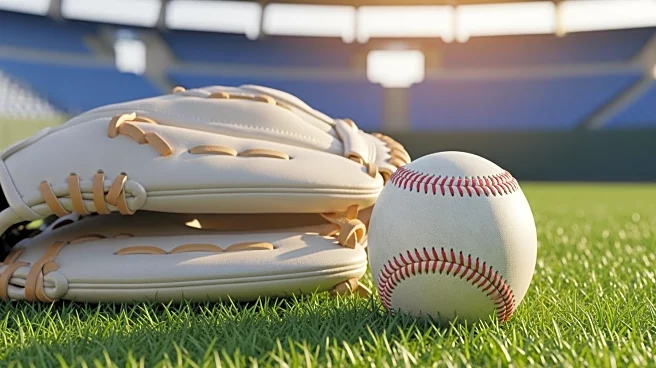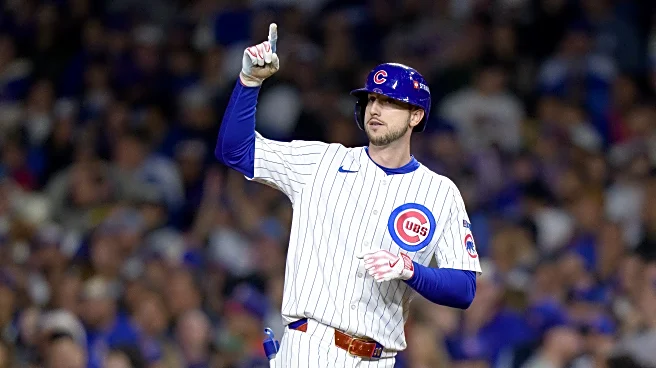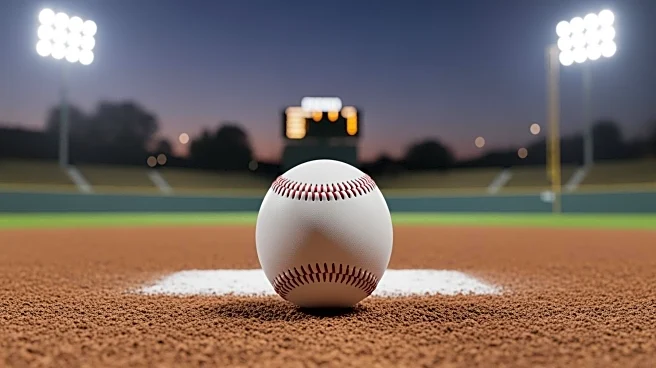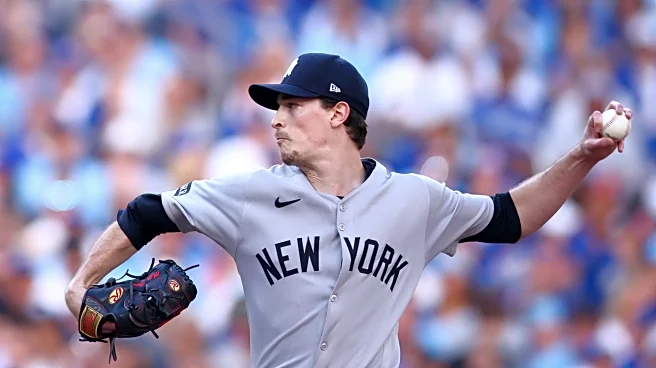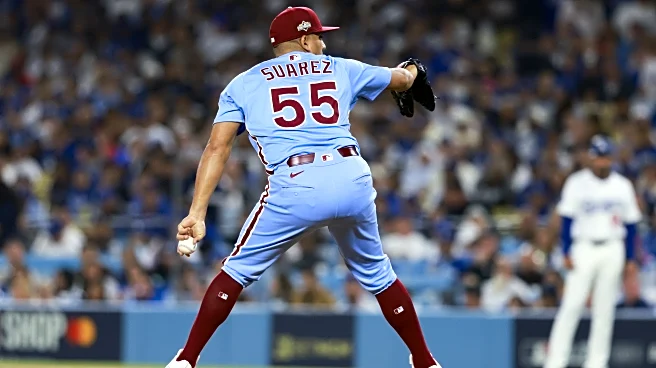Coming off an AL Rookie of the Year-winning campaign in 2024 in which he went 15-7 in 29 starts with a 3.50 ERA and 171 strikeouts across 151.2 innings, the sky appeared to be the limit for Luis Gil. Armed
with a fastball that could touch triple digits and the confidence of succeeding for a full season in the majors, many could imagine Gil taking the next step in his development to become a frontline starter for the Yankees for years to come — at least through the end of team control in 2028. If the rumored reports from last offseason are accuratee, the Yankees felt the same, refusing to include Gil in any potential trade with the Astros for superstar Kyle Tucker a year ahead of free agency.
Instead, a lat strain delayed the start of GIl’s season until August 3rd, and he looked like a shell of the pitcher from a year before upon his return, muddying the future for this once-promising pitcher.
Grade: C
2025 Statistics: 11 starts, 4-1, 57 IP, 3.32 ERA (123 ERA+), 4.63 FIP, 5.65 xFIP, 16.8% K%, 13.5% BB%, 0.6 fWAR
2026 Contract Status: Entering first year of arbitration eligibility, projected to earn $2.1 million
Gil was the first of the Yankees starters to go down with injury in spring training. He had a bullpen session cut short on February 28th after experiencing shoulder discomfort and was diagnosed with a high-grade lat strain on March 3rd, getting placed on the 60-day IL shortly thereafter. Three days later, Gerrit Cole suffered his own arm injury following a spring training start — revealed as a torn UCL that required Tommy John surgery on March 11th, ending his season before it began. Thus, the Yankees would be without the league’s 2023 Cy Young winner and the reigning Rookie of the Year for all and most of the campaign, respectively, all before Opening Day.
When Gil finally made his season debut against the Marlins, he looked predictably rusty, giving up five runs on five hits and four walks in 3.1 innings. But then we got flashes of the Gil of 2024 in the 10 starts thereafter, Gil giving up two or fewer runs while pitching at least five innings in all but one of those contests. The command was still wild and the strikeouts had dried up, but the Yankees were still getting results. Then came his lone postseason start, Gil giving up a pair of solo shots while lasting just 2.2 innings as the Yankees dropped Game 1 of the ALDS to the Blue Jays, 10-1. (It was telling that the Yankees were understandably ready to give him a quick hook despite just four hits allowed.)
Baseball traditionalists may be tempted to point at his 4-1 record and 3.32 ERA as indicators of a strong 11-game cameo in 2025. However, don’t be fooled by the mirage of those basic stats — many of Gil’s underlying metrics painted a picture of one of the worst starters in MLB.

This is where we arrive at the tricky crossroads of results vs. process. It cannot be denied that Gil put his team in a strong position to win in 9 out of his 11 starts. However, pitcher wins and ERA tend to be more descriptive whereas deeper level metrics including walk and strikeout rate, xFIP, and SIERA tend to perform more successfully in a predictive role.
It all begins with the worrying drop in velocity, Gil’s fastball averaging 95.3 mph after averaging 96.6 mph in 2024. Very roughly speaking, every mph lost off the fastball tends to confer a 10-point increase in wOBA to each pitch in a pitcher’s arsenal — Gil’s four-seamer gained four points, his changeup ten, and his slider a whopping 67 points of wOBA.
Velocity wasn’t the only culprit, Gil exhibiting little to no feel for locating the slider and changeup. Far too many ended up over the heart of the plate, reducing him to a pure fastball pitcher in several of his starts.


The sum total of all these issues was not pretty. The whiff rate against Gil’s four-seamer went from 28.5 percent to 18.8 percent while the changeup fell from 27 percent to 16.1 percent. As a result, Gil’s strikeout rate plummeted from 26.8 percent to 16.8 percent, the single largest drop for any pitcher he tossed at least 50 innings in each of 2024 and 2025. The walk rate also climbed from 12.1 percent to 13.5 percent — in counting terms, Gil struck out just eight more batters than he walked during the regular season.
A low strikeout rate and high walk rate are bad enough on their own, but become deadly when coming from a fly ball pitcher. Jarringly, 21.3-percent of Gil’s batted balls were pulled in the air, putting him in the worst quartile of pitchers league wide. His average exit velocity increased by 1.2 mph and his hard-hit rate jumped up more than five points — when you are in the first percentile in chase rate, it’s a good indication that hitters feel confident you are going to make a mistake in the zone and can then be patient hunting that pitch.
We cannot know for certain what extent the lat injury and resulting long layoff and missed spring training had on Gil’s regression in 2025. Perhaps with a full ramp up period and clean health he can recover the velocity on his fastball and release on his slider. The Yankees luckily built up enough redundancy on the pitching side that Gil’s absence and ensuing struggles were not a death blow for the season, but on an individual level 2025 did nothing to clarify Gil’s role moving forward.


